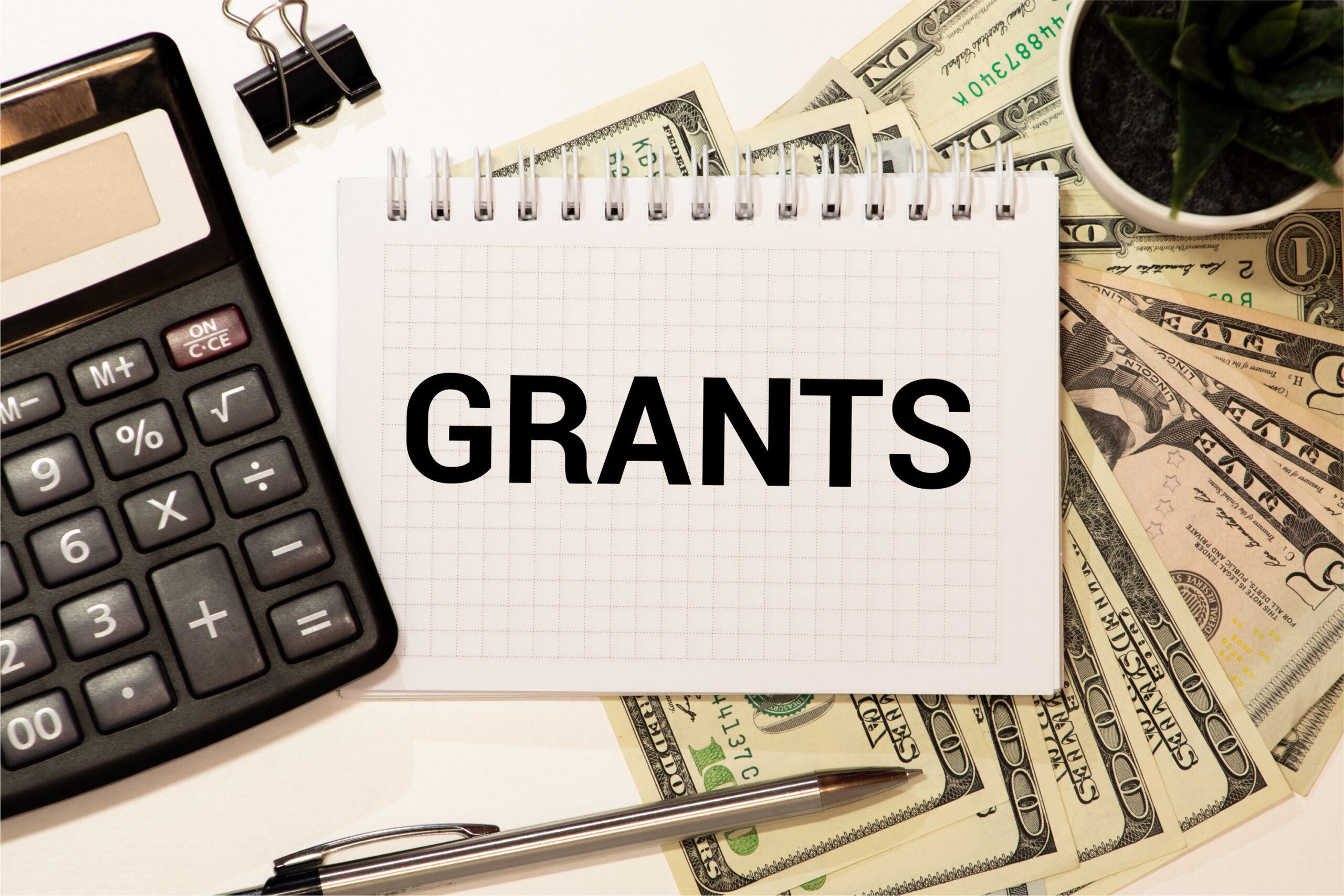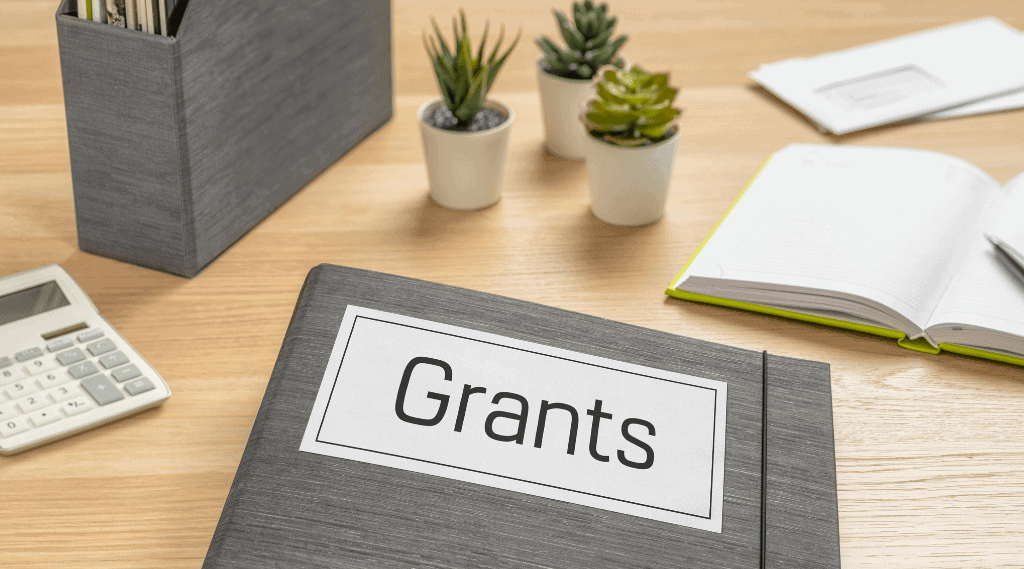Introduction.
I have seen firsthand how a well-written grant proposal can make a huge difference in securing funding for projects, research, and non-profit activities.
This guide is designed to help you understand the steps involved in writing a grant proposal that stands out.
I will share practical tips and useful resources and answer common questions to make the process clear and manageable.
Why Grants Matter
Grants are one of the main sources of funding for many organizations, independent projects, and research initiatives. In the United States alone, federal grants and other types of funding provide billions of dollars each year.
For instance, the U.S. government distributes over $50 billion annually to support various programs and initiatives (Grants.gov).
Grants can be used to start a new project, expand an existing program, or support innovative research ideas that might not otherwise receive funding through traditional channels.
Just Before You Go
Empower individuals to overcome barriers, gain essential skills, and secure gainful employment through our proven programs—KeelMaster, KeelWings, and KeelMate. Your support can spark change and build brighter futures.
Donate NowI believe that anyone with a clear vision and a strong proposal can tap into this resource. Understanding how to write a compelling grant proposal is an essential skill that opens doors to opportunities you may have only dreamed of.
By putting your ideas on paper in a persuasive way, you can demonstrate the value of your project to potential funders.
The Key Steps to a Successful Grant Proposal
1. Do Your Research
Before writing anything, take time to learn about the funding sources available. Look at government agencies, private foundations, and other organizations that offer grants.
Check out websites like Grants.gov for federal opportunities or Candid for foundation grants. It is important to choose a grant that aligns with your project’s goals and requirements.
Spend time reading previous successful proposals if you can find them. Understanding what has worked in the past will give you a better idea of what to include and how to structure your proposal.
2. Understand the Guidelines
Every grant has its own set of guidelines and rules. Before you start writing, make sure you read these guidelines carefully. Know the submission deadlines, the required format, the budget limitations, and any specific questions the funders want answered. Ignoring the details can hurt your chances of success, no matter how good your ideas are.
3. Outline Your Proposal
A clear outline will serve as a roadmap for your proposal. This should include:
- Introduction: Explain who you are and what your project is about.
- Problem Statement: Define the problem your project will address.
- Goals and Objectives: Outline what you hope to achieve.
- Methodology: Describe how you will carry out your project.
- Budget: Provide a detailed breakdown of how funds will be used.
- Evaluation: Explain how you will measure the success of your project.
An organized outline helps keep your proposal focused and ensures you cover all necessary points.
4. Write Clearly and Persuasively
When writing your proposal, clear and simple language works best. Focus on telling a story about your project that is easy to follow.
Use real examples and data to back up your points. For example, if you are proposing a community education program, you might mention that studies show community-led initiatives can increase local engagement by over 30% (National Endowment for the Arts).
Break your text into small paragraphs, use bullet points where needed, and avoid long, complicated sentences. A friendly and approachable tone can help your proposal feel more personal and trustworthy.
5. Create a Detailed Budget
A detailed budget is a critical part of any grant proposal. List every expense you expect, from materials and supplies to salaries and travel costs. Make sure your numbers are realistic and backed by research. A clear budget shows funders that you have thought through the logistics of your project.
6. Edit and Revise
Never submit your first draft. Take time to review your proposal and make improvements. Look for any areas where you can simplify your language, clarify your points, or add more detailed information. I often ask a trusted friend or colleague to review my work. A fresh pair of eyes can catch mistakes that I might have missed.
7. Follow Submission Guidelines to the Letter
Even a strong proposal can be disqualified if it does not follow the submission guidelines. Make sure you provide all the required documents, respect the page limits, and submit your proposal on time. Double-check every detail before you hit the submit button.
Common Mistakes and How to Avoid Them
Over the years, I have noticed a few common mistakes that many people make when writing grant proposals:
- Skipping the Research: Not all grants are the same. Failing to understand the specific needs of the funding organization can result in a proposal that misses the mark.
- Lack of Clarity: If your proposal is hard to follow, funders may lose interest. Always aim for clear, simple language.
- Overly Ambitious Goals: It is important to be realistic. Clearly outline what can be achieved with the funds available.
- Ignoring the Budget Details: An incomplete or vague budget can signal that you haven’t fully planned your project. Make sure every cost is accounted for.
- Missing Deadlines: Late proposals are usually not considered. Keep track of deadlines and give yourself plenty of time to complete your application.
FAQs
What is a grant proposal?
A grant proposal is a written request for funding. It outlines your project, explains how it will address a specific need or problem, and shows how you will use the funds if granted.
How long does it take to write a grant proposal?
The time it takes depends on the complexity of the project and the grant requirements. I usually spend a few weeks researching, writing, and revising my proposal.
Do I need a professional background to write a grant proposal?
Not at all. While experience can help, many resources and examples are available online to guide you through the process. Practice and careful planning can lead to success.
What should I do if my proposal is not accepted?
Rejection can be discouraging, but it is a common part of the process. Use the feedback provided by the funders to improve your next submission. Many successful projects went through several rounds of revisions before receiving funding.
Additional Resources and Further Reading
To help you on your grant-writing journey, here are some resources that I have found useful:
- Grants.gov: This is a central place to find federal grant opportunities. The site offers helpful tools and tips on writing proposals.
- Candid (formerly Foundation Center): A great resource for learning about foundation grants and finding funding opportunities.
- The Foundation Center’s Learning Lab: Offers free webinars and articles on grant writing and nonprofit management.
- Local Libraries and Community Centers: Many of these places offer workshops and personal assistance on grant writing.
These resources can provide additional tips, examples, and even one-on-one help if you need it.
Conclusion
Grant writing can be challenging, but I have seen that with the right preparation, clear writing, and careful budgeting, anyone can create a strong proposal.
I hope this guide has given you a clear overview of the process and has boosted your confidence to start writing your own grant proposal.
By taking the time to research your options, follow the guidelines, and revise your work, you will be well on your way to securing the funding you need.
I believe that each step in this process brings you closer to turning your ideas into reality. My experience shows that even small projects can make a big impact with the right support, and a well-crafted grant proposal is the first step in achieving that support.
Just Before You Go
Empower individuals to overcome barriers, gain essential skills, and secure gainful employment through our proven programs—KeelMaster, KeelWings, and KeelMate. Your support can spark change and build brighter futures.
Donate Now


